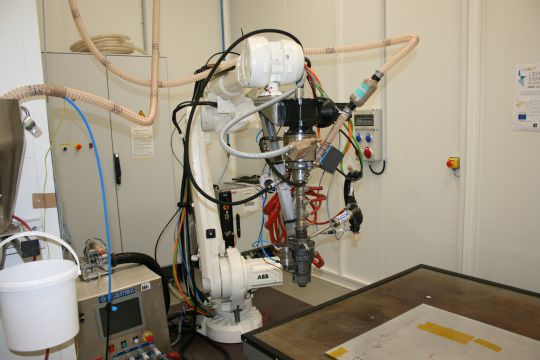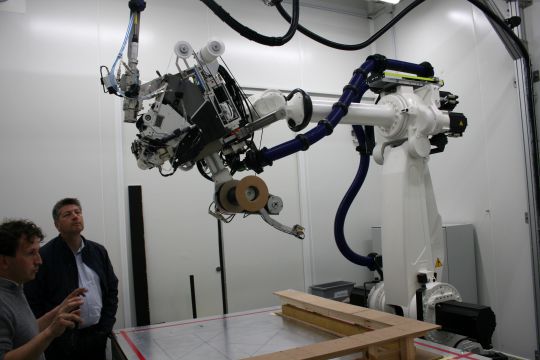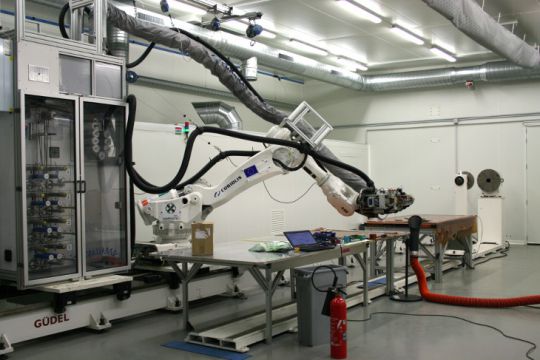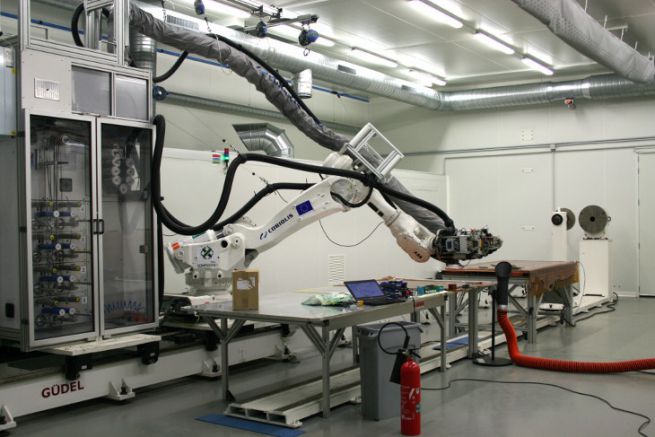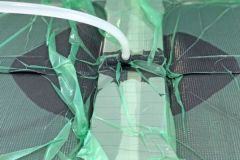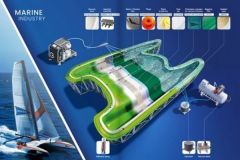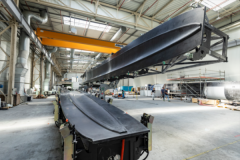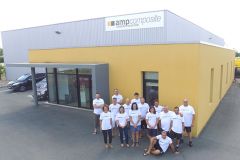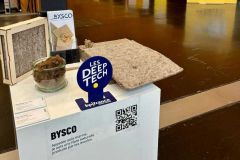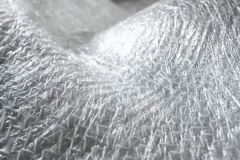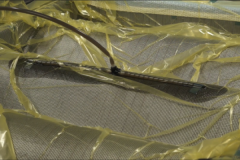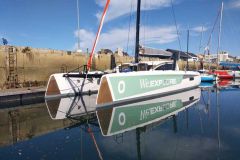Tools at the service of industrialists
The ComposiTIC platform, an offshoot of the University of South Brittany and ENSTA Bretagne, was created to help technology transfer between academic and industrial institutions. Equipped with a vast machine park, it allows professionals to test innovations as part of simple test services or partnership projects. Here is an overview of the available materials and their applications.
3D printers of all sizes
ComposiTIC has about ten 3D printers of variable size. With a capacity of 20 cm3 to 1 m3, they allow teams to print custom-made parts, such as instrument holders for offshore racing.
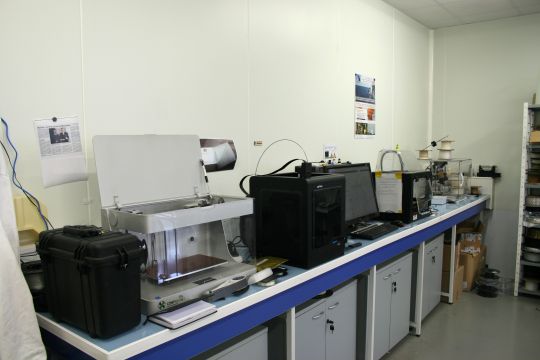
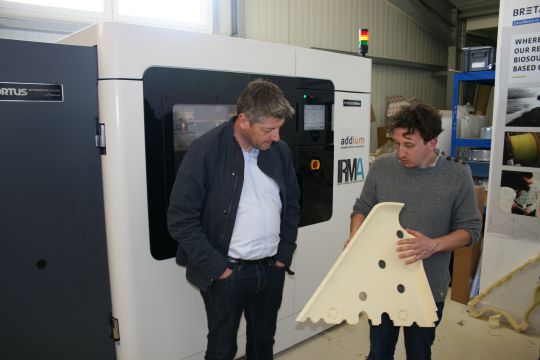
Commercial models, like conventional printers, only accept the manufacturer's consumables. To test and characterize new materials, ComposiTIC has printers assembled in-house. The laboratory was thus able to develop a consumable loaded with oyster shell powder called ostroflex, a sustainable alternative to glass or carbon. The mastery of the material allows the mechanical characteristics and weight of the parts to be adjusted.
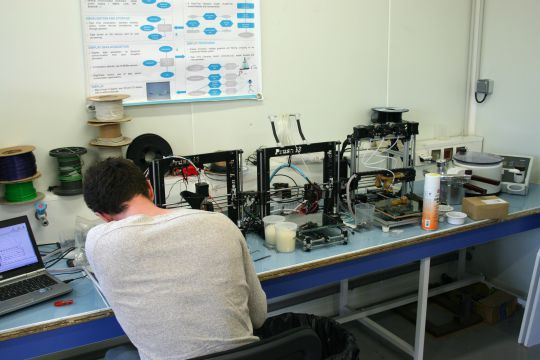
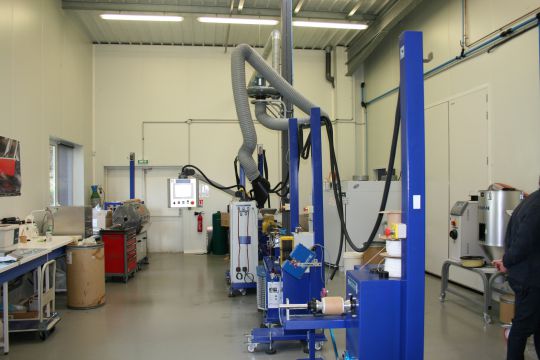
Manufacturing of consumable reel for 3D printer
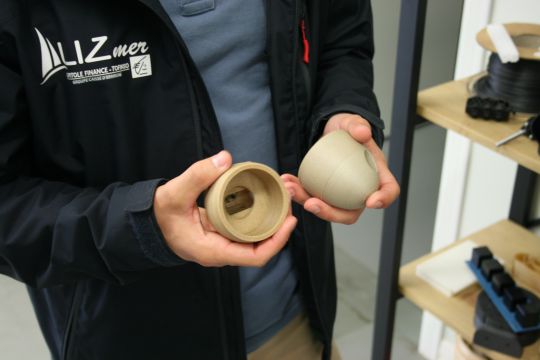
Speaker parts of identical geometry and variable density depending on the flax powder load
3D printing and continuous fibres
Put the material only where it is needed. This is always the manufacturer's objective. ComposiTIC is working on the mix between classic 3D printing and long fibre integration. Miniature rods and foils have been made. They provide high stiffness by limiting the use of carbon to useful areas.
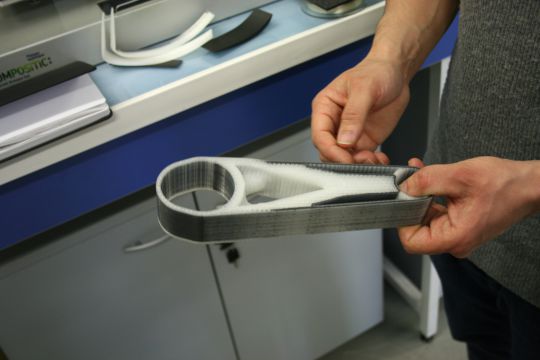
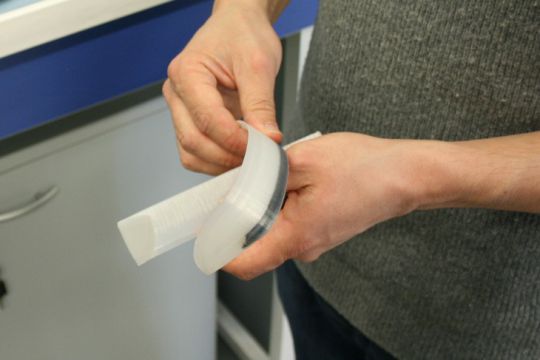
Characterization of parts
Knowing the characteristics of a material is an essential issue. ComposiTIC has testing machines for mechanical, thermal and physico-chemical tests. An electro-magnetically driven test bench allows the fatigue of a part to be tested by accurately reproducing the vibrations suffered from a recording of the actual stress.
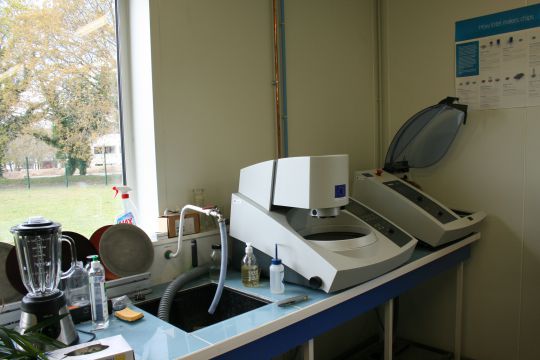
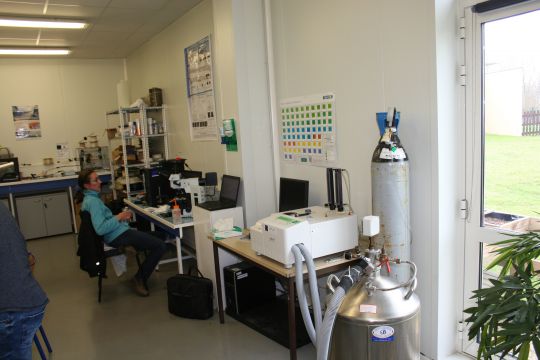
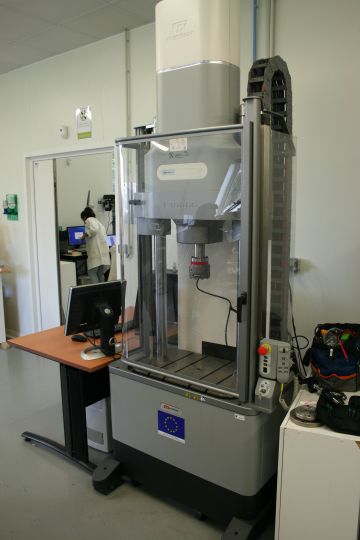
Draping robots
ComposiTIC has several draping robots at its disposal. These machines deposit continuous fibre ribbons. They allow composite parts to be manufactured in a fully automated way. The depositing head, movable in 6 axes, adapts to many geometries and allows the positioning of the fibres to the nearest degree, according to the direction of the stresses. Developed by Coriolis, a company based in Queven, Morbihan, these robots can use thermoplastic materials, prepregs or dry fibres. The largest robot represents an investment of around ?1.2 million.
